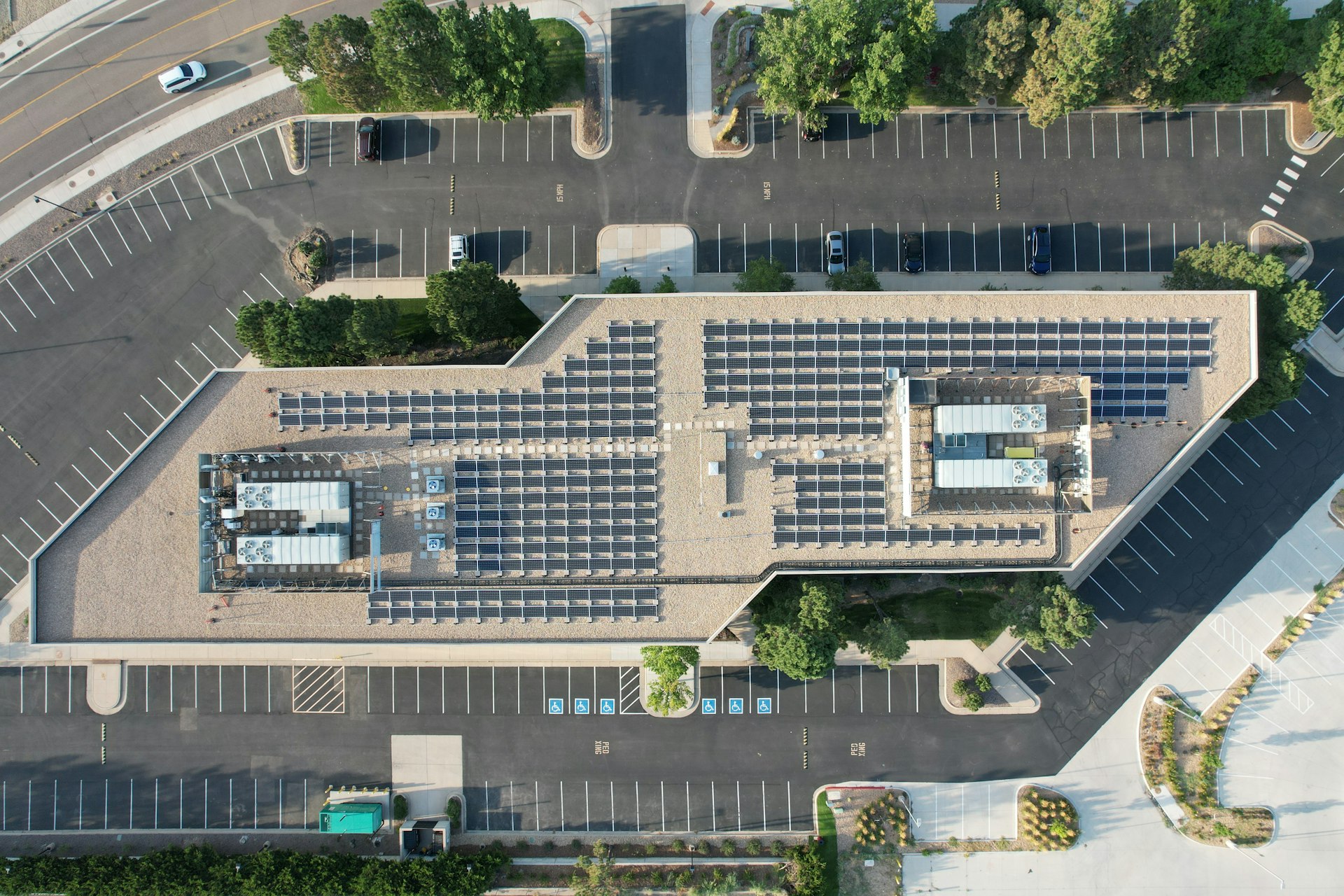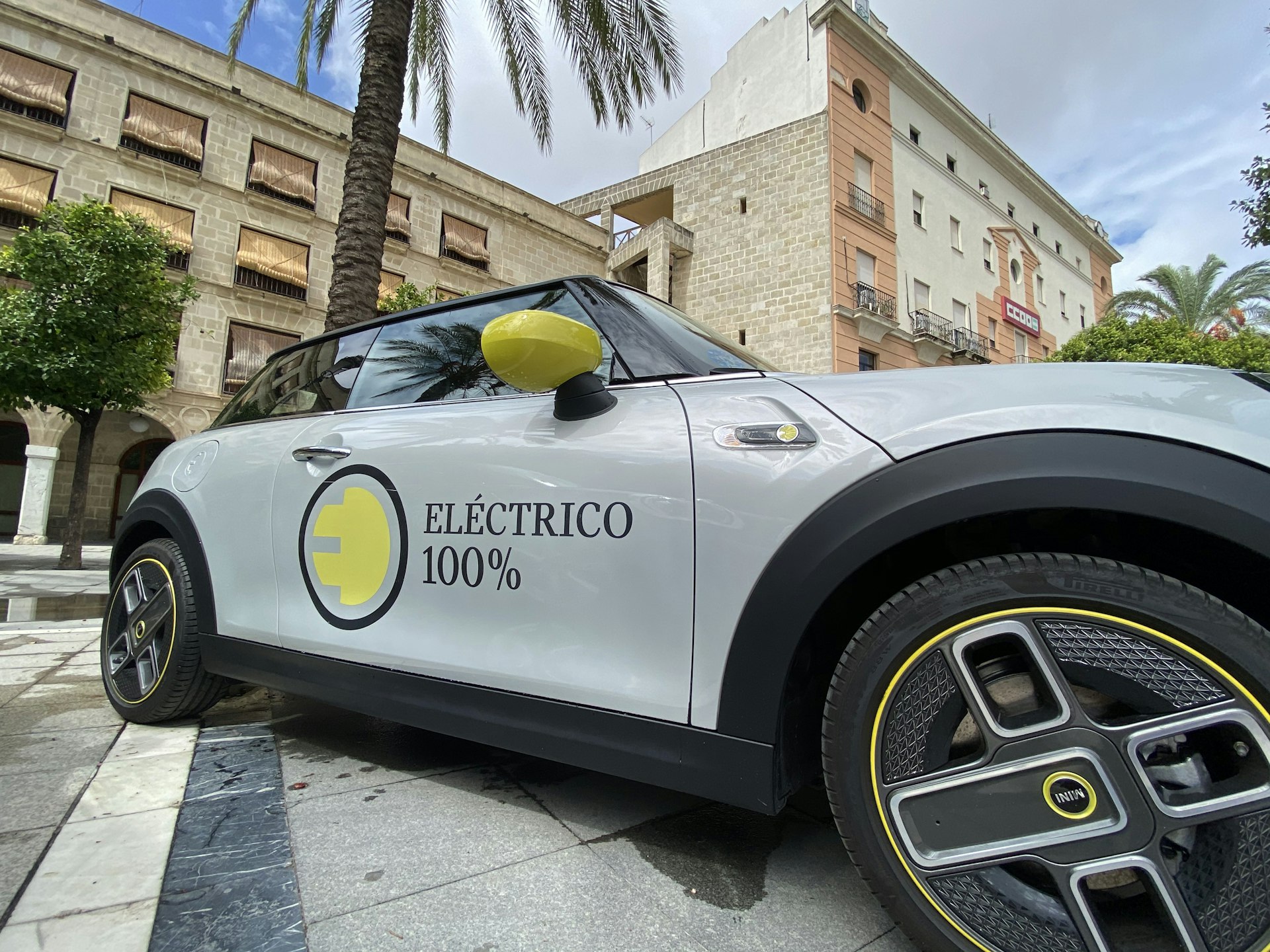How Government Policies Accelerate Electric Vehicle Adoption: Incentives, Infrastructure, and Market Transformation

Photo by Markus Spiske on Unsplash
Introduction: The Accelerating Shift Toward Electric Vehicles
The adoption of electric vehicles (EVs) in the United States is surging, fueled in large part by government policies designed to make these advanced cars more accessible, affordable, and practical for everyday drivers. This article explores the specific ways federal and state initiatives impact EV adoption, including incentives, infrastructure investments, and market transformation. We also provide actionable guidance on leveraging these programs, navigating challenges, and accessing related opportunities.
Federal Policies: Incentives and Infrastructure That Drive Change
Federal policies have reshaped the EV landscape, making ownership more attainable for millions of Americans. The Inflation Reduction Act (IRA) introduced a Clean Vehicle Tax Credit of up to $7,500 for eligible new EVs. Recent updates allow buyers to claim this credit as an immediate discount at the point of sale, reducing upfront costs significantly [1] . Used EV purchases also qualify for credits, broadening the market and accelerating adoption [2] .
Beyond direct financial incentives, the federal government has invested heavily in charging infrastructure. The Bipartisan Infrastructure Law allocated $7.5 billion to build a nationwide network of fast chargers, focusing on interstate highways and Alternative Fuel Corridors. This investment supports long-distance travel and reduces “range anxiety”-a common barrier to EV adoption [3] . The National Electric Vehicle Infrastructure (NEVI) program targets strategic deployment, ensuring reliable access to charging stations across the country.

Photo by Oxana Melis on Unsplash
State and Local Policies: Tailoring Incentives and Expanding Access
State governments complement federal efforts with their own incentives, such as rebates, grants, and additional tax credits. For example, many states offer upfront rebates for EV purchases, often stackable with federal credits. Some have launched Zero-Emission Vehicle (ZEV) programs , requiring automakers to sell a minimum quota of battery-electric or plug-in hybrid vehicles, and passed laws to phase out new gas-powered vehicle sales by 2035 [2] .
Local utilities and municipalities also play a vital role by offering incentives for installing home and public charging stations, adjusting rate structures to promote off-peak charging, and establishing grants for underserved communities. These programs make it easier for apartment dwellers and renters to access charging infrastructure, promoting equitable EV ownership [5] .
Market Transformation: Industry Commitment and Consumer Impact
Government policies signal to automakers that the market is ready for mass electrification. Major car companies have responded with multi-billion dollar investments in battery manufacturing, research, and production facilities across North America. The revitalization of the American economy is evident as EV sales have tripled since President Biden took office, and investments in zero-emission vehicle manufacturing have more than doubled [1] .
For consumers, these developments mean greater choice, lower prices, and improved vehicle technology. S&P Global Mobility forecasts that EVs could reach 40% of total passenger car sales in the U.S. by 2030 [2] . Lifetime savings for EV drivers typically range from $6,000 to $12,000 compared to similar gas-powered vehicles, factoring in reduced maintenance and fuel costs [5] .
Accessing Incentives and Programs: Step-by-Step Guidance
1. Identify Your Eligibility: Research federal and state programs for EV purchase credits, rebates, and charging station incentives. Each program has specific requirements based on vehicle type, price, and buyer status (new or used).
2. Purchase and Claim: When buying an EV, ask the dealer about point-of-sale eligibility for the Clean Vehicle Tax Credit. Ensure your vehicle qualifies for federal and state programs. For charging infrastructure, check with your local utility or state energy office for available rebates and grants.
3. Installation and Charging: To install a home charging station, consult your local utility or visit their official website for incentive details. Businesses can explore programs such as the Alternative Fuel Vehicle Refueling Property Credit, which can offer up to $100,000 in tax credits for installing commercial charging stations [4] .
4. Alternative Pathways: If you rent or live in multifamily housing, look for community charging programs or ask property managers about utility-sponsored installation incentives. Some states offer grants specifically for public and workplace charging stations.
5. Staying Updated: Policy landscapes evolve quickly. For the latest information on federal programs, visit the U.S. Department of Energy’s official website and search for “EV incentives” and “Bipartisan Infrastructure Law.” For state-specific programs, check your state energy office or public utility commission’s official website using terms like “EV rebates” and “charging station grants.” When uncertain, contact these agencies directly for personalized guidance.
Challenges, Solutions, and Market Outlook
Barriers: Despite rapid progress, challenges remain. High upfront costs, limited public charging in some regions, and uncertainty about battery range are ongoing concerns. Infrastructure deployment can take years, especially for grid upgrades and transmission expansion [4] .
Solutions: Continued government investment in charging infrastructure and incentives for manufacturers address these challenges. Innovative programs, such as rate structures for off-peak charging and grants for underserved communities, promote broader access. Automaker commitments to end fuel-powered vehicle production and roll out dozens of new EV models further reduce barriers for consumers [2] .
Outlook: The EV market is poised for continued growth, supported by sustained policy initiatives, technological advancements, and increasing consumer demand. With global trends aligning and the U.S. catching up to leaders like China and Norway, EVs are becoming a mainstream choice for American drivers [3] .
Key Takeaways and Next Steps
Government policies are the backbone of America’s EV revolution, making clean transportation more affordable and practical. To benefit, consumers should:
- Review eligibility for federal and state EV incentives before purchasing.
- Consult local utility and state energy offices for charging station programs.
- Track new initiatives and updates via official government websites.
- Consider alternative options if direct incentives are unavailable-such as community charging programs or workplace grants.
For manufacturers, utilities, and fleet operators, leveraging government programs can drive investment and accelerate the transition to a sustainable, clean transportation future.
References
- [1] Qmerit (2024). How Are Government Policies Shaping EV Adoption Rates?
- [2] U.S. Bureau of Labor Statistics (2024). Charging into the future: the transition to electric vehicles.
- [3] MIT CEEPR (2024). Challenges to Expanding EV Adoption and Policy Responses.
- [4] U.S. Department of Energy (2024). Impact of Electric Vehicles on the Grid.
- [5] Center for Sustainable Energy (2024). The State of Electric Vehicle Adoption in the U.S. and the Role of Incentives in Market Transformation.
MORE FROM promospotlight.com













